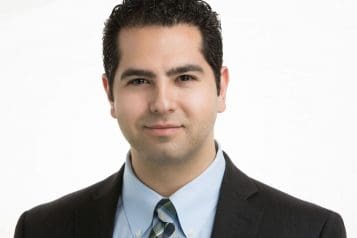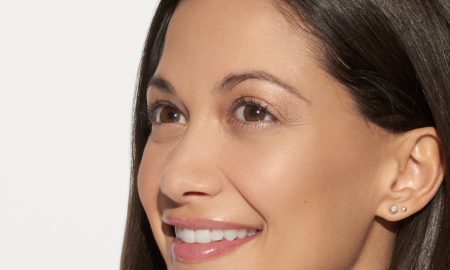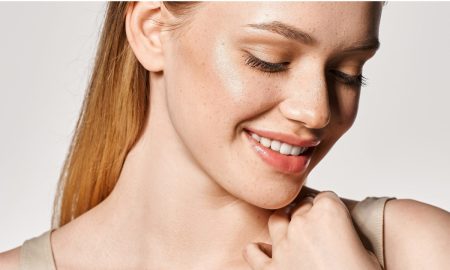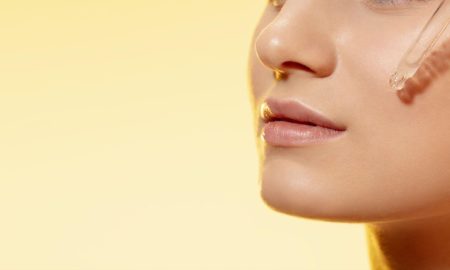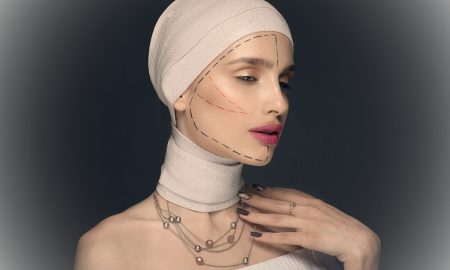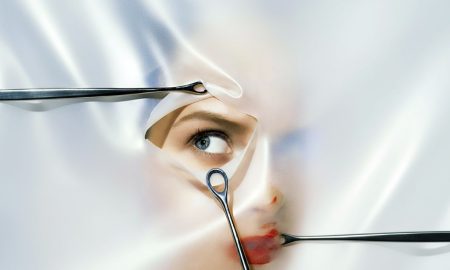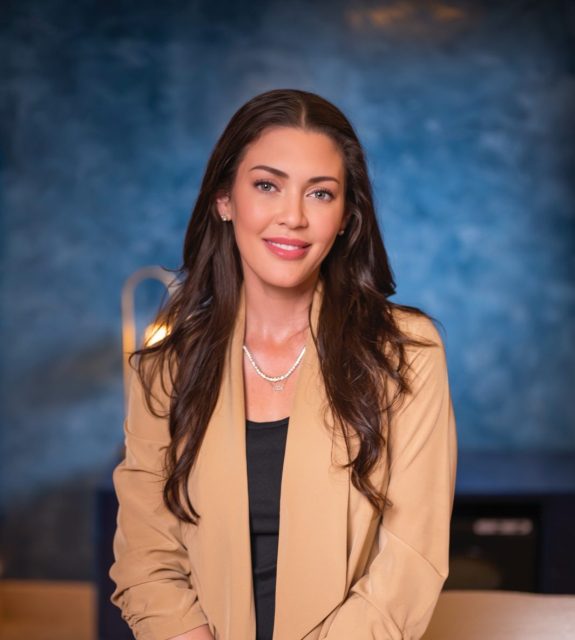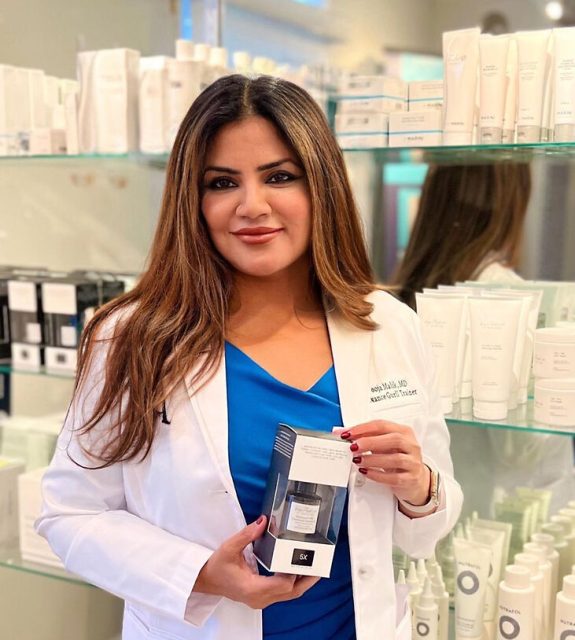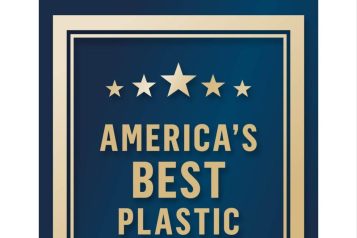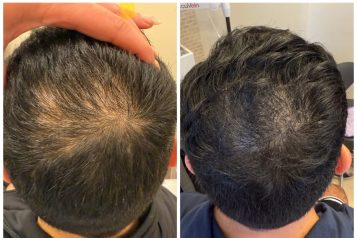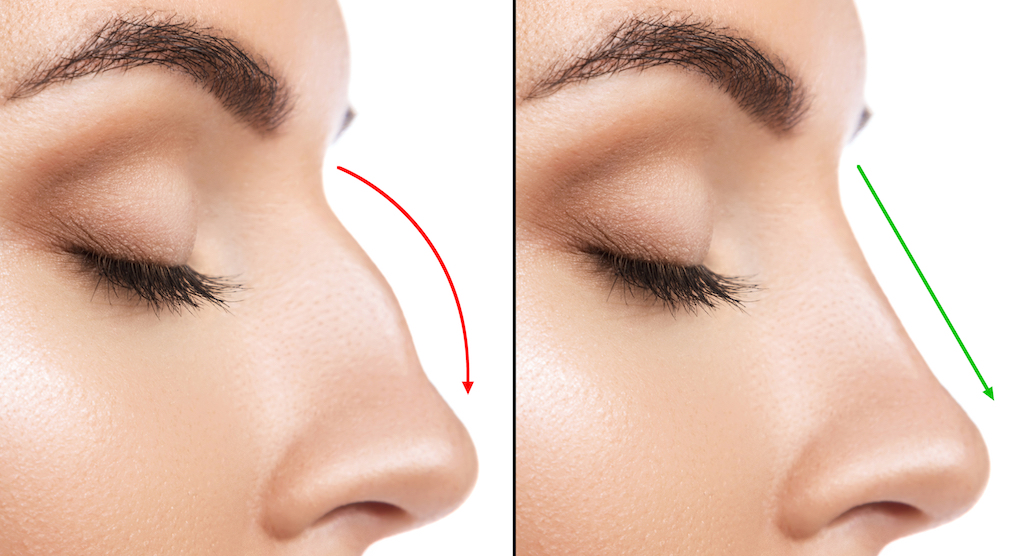
Dr. Gary Linkov is a dual Ivy League educated facial plastic surgeon. A native of New York, he graduated as salutatorian from Cornell University with a focus on psychology. Before, during, and after his undergraduate years, Dr. Linkov pursued advanced art training in painting, sketching, and sculpture, including a six-week scholarship program in Florence, Italy at the Lorenzo de’ Medici Italian International Institute. Haute Beauty chats with Dr. Linkov about how he performs a Nose Job and all the issues he works to address.
HB: There are a variety of types of Rhinoplasties you perform, what are the most frequent requests?
Common cosmetic concerns include a dorsal hump, wide nose, sunken nose, irregularities, and asymmetries. Functional concerns include difficulty breathing through the nose, which can and should be addressed at the same time as a rhinoplasty. An open or closed approach is possible to access the underlying nasal structures.
HB: Do you prefer it to other methods?
A closed approach is used to correct a deviated septum or remove a small bump on the bridge. Anything more involved is best done through an open approach which involves a hidden incision at the base of the nose to adequately expose the underlying skeleton of the nose to make adjustments for cosmetic and functional purposes.
HB: Who is a good candidate?
A good candidate for a rhinoplasty, or septorhinoplasty, is a patient with an overly large nose or areas of asymmetry or crookedness. Nasal breathing can be improved at the same time as a cosmetic enhancement in many situations.
 Photo Credit: https://cityfacialplastics.com/
Photo Credit: https://cityfacialplastics.com/
HB: How does the procedure work?
A rhinoplasty is performed with the patient fully asleep under anesthesia. It takes about 2-4 hours in most cases. The underlying cartilaginous and bony components are exposed and then the necessary changes are made, often with cartilage from the septum. The incisions are then closed and a cast is applied to the outside and sometimes the inside of the nose.
HB: What does recovery look like?
The outside, and or inside, cast is kept in place for 1 week, along with the sutures along the base of the nose. Some swelling and bruising is expected. Final healing time can take up to 1 year.








